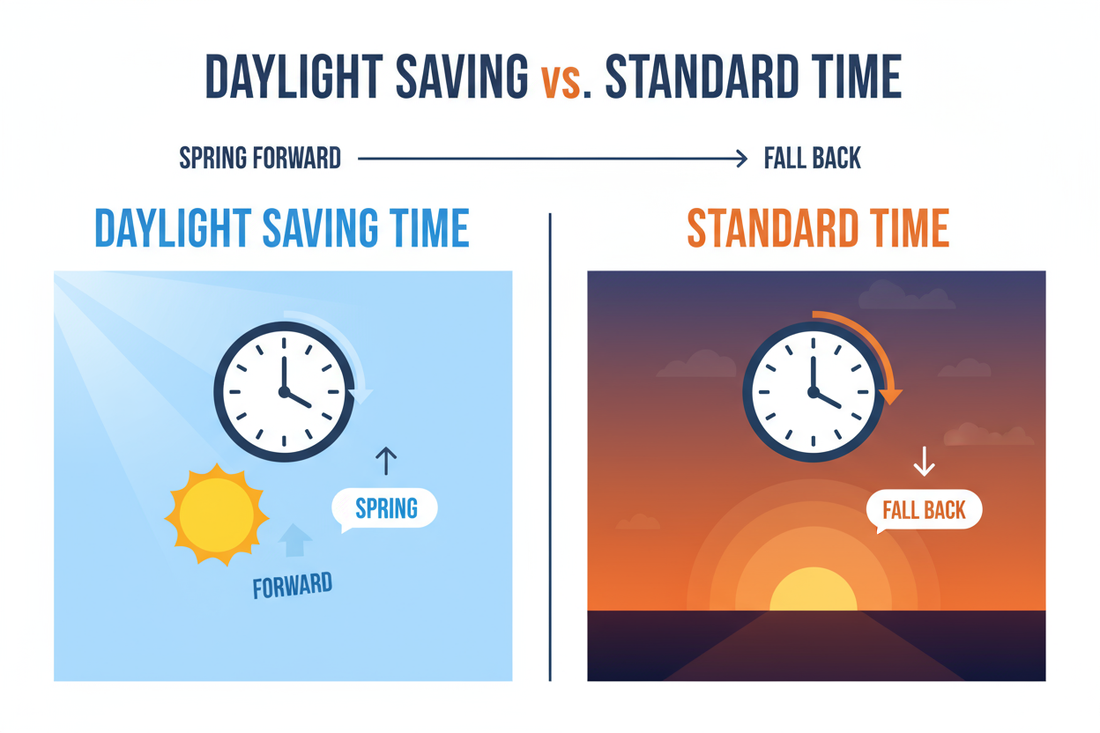When it comes to time changes, many people are familiar with Daylight Savings Time, but what about Daylight Standard Time? What are the differences between the two? Let's dive into the details.
What is Daylight Standard Time?
Daylight Standard Time is the time that is used during the standard months of the year when there is no adjustment for daylight saving. This time is typically observed during the fall and winter months when there are shorter days and longer nights. It is the "normal" time that is used as the standard for most of the year.
What is Daylight Savings Time?
Daylight Savings Time, on the other hand, is the practice of setting the clocks forward by one hour during the warmer months of the year. This adjustment is made to make better use of daylight and to save energy. Daylight Savings Time is typically observed in the spring and summer months when there are longer days and shorter nights.
Why do we have Daylight Savings Time?
The main purpose of Daylight Savings Time is to make better use of daylight and to conserve energy. By moving the clocks forward by one hour, people can enjoy longer daylight hours in the evening, which can lead to a reduction in energy consumption. This practice is believed to have originated as a way to make better use of natural daylight and to align human activities with the hours of sunlight.
How do Daylight Standard Time and Daylight Savings Time affect daily life?
Daylight Standard Time and Daylight Savings Time can have an impact on daily routines and activities. When the clocks are set back for Daylight Standard Time, people may experience shorter days and longer nights, which can affect mood and productivity. On the other hand, when the clocks are set forward for Daylight Savings Time, people may have more daylight in the evenings, allowing for more outdoor activities and socializing.
Overall, understanding the differences between Daylight Standard Time and Daylight Savings Time can help individuals better prepare for the time changes and adjust their schedules accordingly. Whether it's setting the clocks back or forward, these time adjustments play a role in how we experience and make use of daylight throughout the year.

